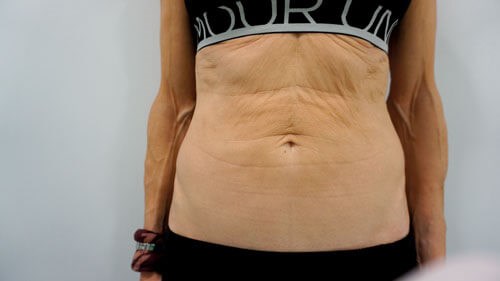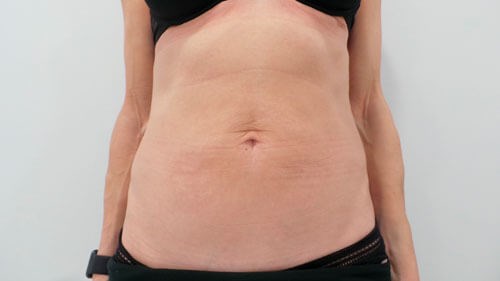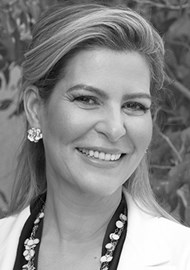Areas of skin laxity are a concern to many patients. A decline in collagen and elastin production arising from chronological or environmental ageing often presents as sagging skin on the face, neck or body, and patients frequently enquire about availability of a non-surgical but effective procedure with little or no downtime.
More than four and a half years ago, I was looking for a novel technology that would allow me to create a natural look without injecting any product; a procedure that would be effective with minimal downtime, that could be carried out in only one session. I found the Profound device.
Profound is a bipolar, fractional radiofrequency system. The device has an array of either five pairs of 30-gauge microneedle electrodes reaching down to the reticular dermis (using a Dermal cartridge), or seven pairs of 30-gauge microneedle electrodes that reach down to the subdermal fat (Sub-Q cartridge). A thermocouple embedded in the tip of each electrode pair measures the tissue temperature during treatment to provide real-time feedback. This enables the creation of predictable lesion volumes within the skin.

Figure 1: Patient’s abdomen before Profound.

Figure 2: Patient’s abdomen three months after treatment with Profound.
Procedure
Ideal candidates for face treatment are patients with sagging skin and wrinkles on the lower face who have lost definition in the jaw line and have fat under the chin. The procedure is also useful for patients with flaccidity in the skin of the upper arms, the abdomen, and the knees.
After cleaning the face and neck, or the area of the body to be treated, an anaesthetic cream (EMLA®) is applied for around 45 minutes. Subsequently, the cream is removed, the skin is disinfected, and sterile drapes are placed around the working area. The eyes of the patient are protected with glasses, against the working light used to enable me to most accurately insert the microneedle electrodes.
For facial treatments, local anaesthesia is then infiltrated using a lineal, three-needle multi-injector, size 30G x 6mm. In the case of body treatments, a five needle multi-injector is used. For facial treatments the anaesthetic solution is prepared by adding 10ml of lidocaine 2%, 5ml of bicarbonate 1M, and 0.2ml of adrenaline 1mg/ml to a 50ml vial of physiological saline. In the case of a corporal procedure, which requires a greater volume of anaesthetic solution, 20ml of lidocaine 2%, 10ml of sodium bicarbonate 1M, and 0.5ml of adrenaline 1mg/ml are added to a 500ml bag of physiological saline.
The patient´s oxygen level, pulse, and breathing rate are monitored throughout the treatment. I work at a tissue temperature of 67-68°C, keeping the needles in place for three to four seconds. If the skin is very thin, I will reduce the temperature and time, or conversely, I increase these variables if the skin is very thick. I use the Dermal cartridge for lifting and the Sub-Q for treating areas where there are fat deposits.
When the treatment is finished pure aloe vera gel is applied to the treated areas followed by vitamin K cream. LED’s and an iced glove (see Othman D, ThacoorA, JivanS. Fifty shades of surgical gloves: fifty uses in surgery. Int Surg J2015;2:457-60.) are used to reduce inflammation and swelling, and the patient is counselled about continuing to ice at home for 24 hours, taking care not to burn the skin.
For several consecutive days after the procedure the patient visits the clinic for sessions of LED light and shockwave therapy, to reduce inflammation and swelling and aid lymphatic drainage. Manual lymphatic drainage can also be used. Patients are advised to maintain good hygiene, clean the face using only mild cleansers, and apply sunscreen SPF 50 every day for at least one month following the procedure.
Declaration of competing interests: Virginia Benitez Roig has been reimbursed by Candela, the manufacturer of Profound, for speaking at conferences.
COMMENTS ARE WELCOME





